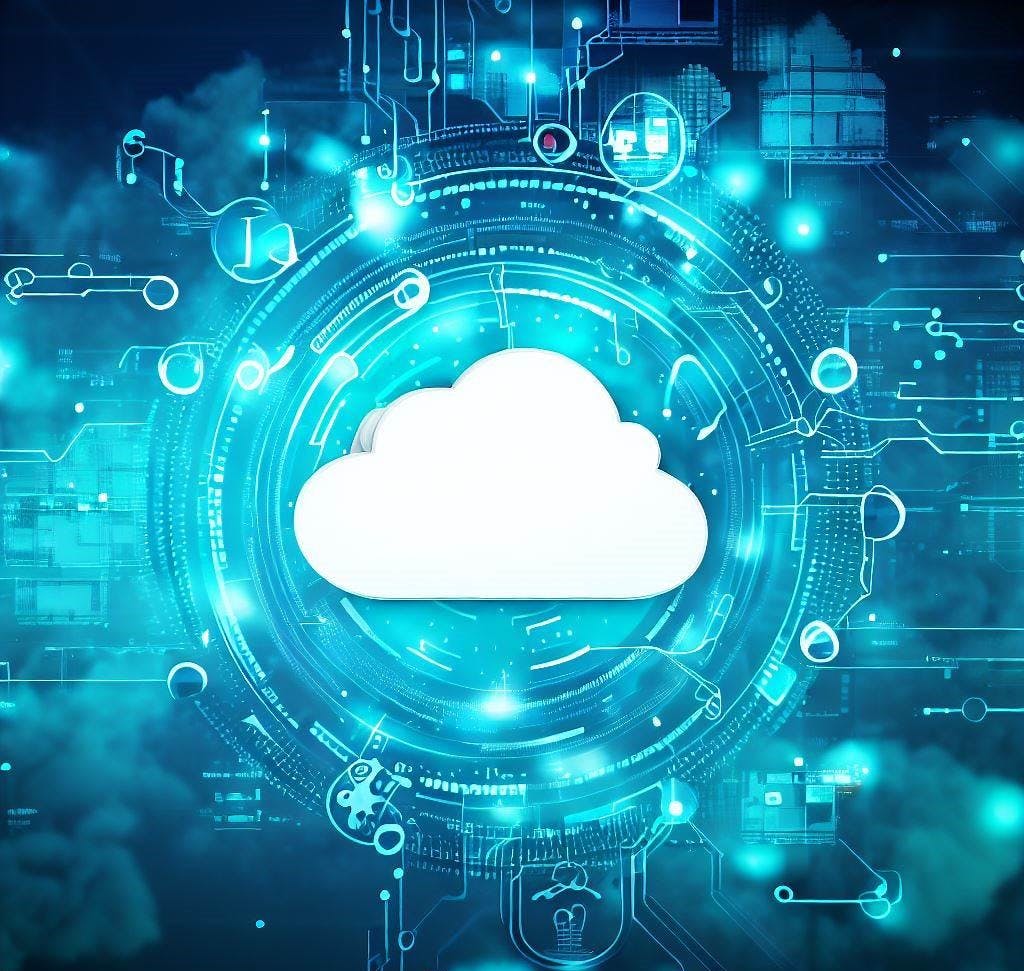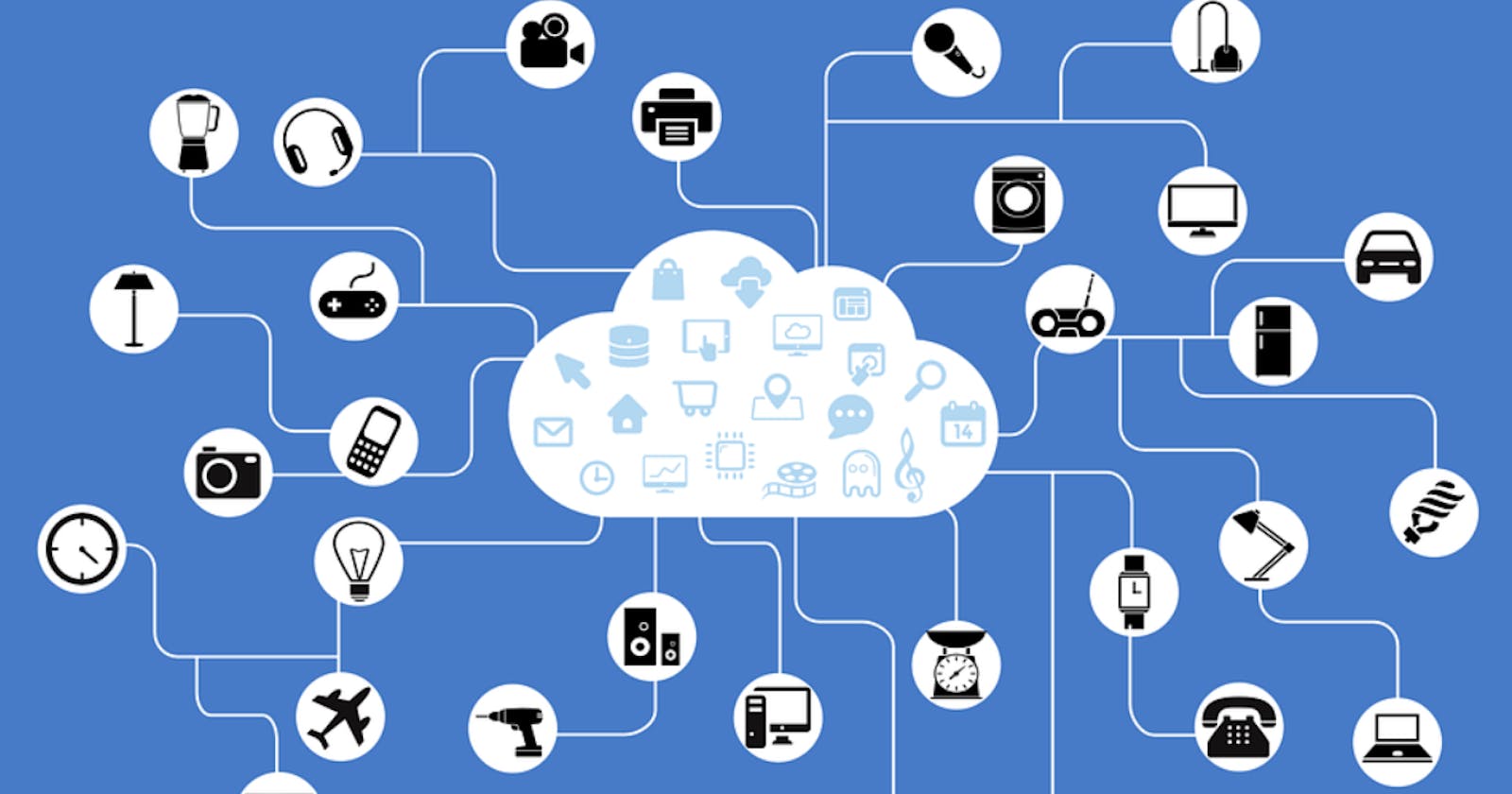Introduction
The "Internet of Things" (IoT) refers to the growing network of physical devices and appliances that are connected to the Internet and can communicate with each other and with users. These devices could include smart home appliances (like thermostats, lighting systems, and security cameras), wearable fitness trackers, medical devices, and even cars or industrial equipment. IoT devices typically have sensors or other data-collection capabilities that allow them to gather information about their environment and respond accordingly.
One of the key benefits of IoT is that it enables greater automation and control over various aspects of our lives, making them more convenient and efficient. For example, we can remotely control the temperature of our homes, receive alerts about potential security breaches, or monitor our health vitals in real-time (smart homes). IoT sensors in a manufacturing plant can be used to monitor equipment performance, predict maintenance needs, and detect problems before they occur. However, as with any new technology, IoT also brings a potential set of risks, such as security and privacy concerns, as well as the possibility of creating new forms of inequality or social exclusion.
IoT is comprised of various systems and technologies that make it possible for devices to connect and communicate with each other. These include:
Sensors and Actuators

IoT devices come equipped with sensors and actuators that can detect physical changes, such as temperature or motion, and respond to them, such as motion detection to turn on a light when motion is detected.
Cloud Computing

Sensor data from IoT devices is mainly sent to a cloud-based platform for processing and analysis. Cloud platforms can provide the computing power and storage needed to enable real-time analysis of big data from IoT devices.
Wired and Wireless Networks, and Data Analytics

IoT devices are connected to the internet via wired or wireless networks such as Wi-Fi, Bluetooth, or cellular networks. IoT systems gather large amounts of data, and data analytics and machine learning algorithms are required to process and analyze the information generated by IoT devices.
The IoT is transforming industries such as healthcare, transportation, and agriculture, among many others. As more devices connect to the internet, the potential for the IoT to impact our daily lives will continue to grow.
Conclusion
To wrap things up, the Internet of Things (IoT) has the potential to create a variety of opportunities for automation, optimization, and improved user experiences across a wide range of industries. (From smart homes to manufacturing plants to healthcare facilities.)
As more devices become connected and the amount of data generated by IoT devices continues to grow exponentially, the importance of data security and privacy concerns becomes more important. With the continued growth of IoT, manufacturers and stakeholders must prioritize security and implement strong safety protocols to protect users.
Overall, the Internet of Things has the potential to transform the way we interact with the world. With the right combination of technology, data analysis, and security protocols, there is no limit to how IoT can improve our lives and the world around us.
